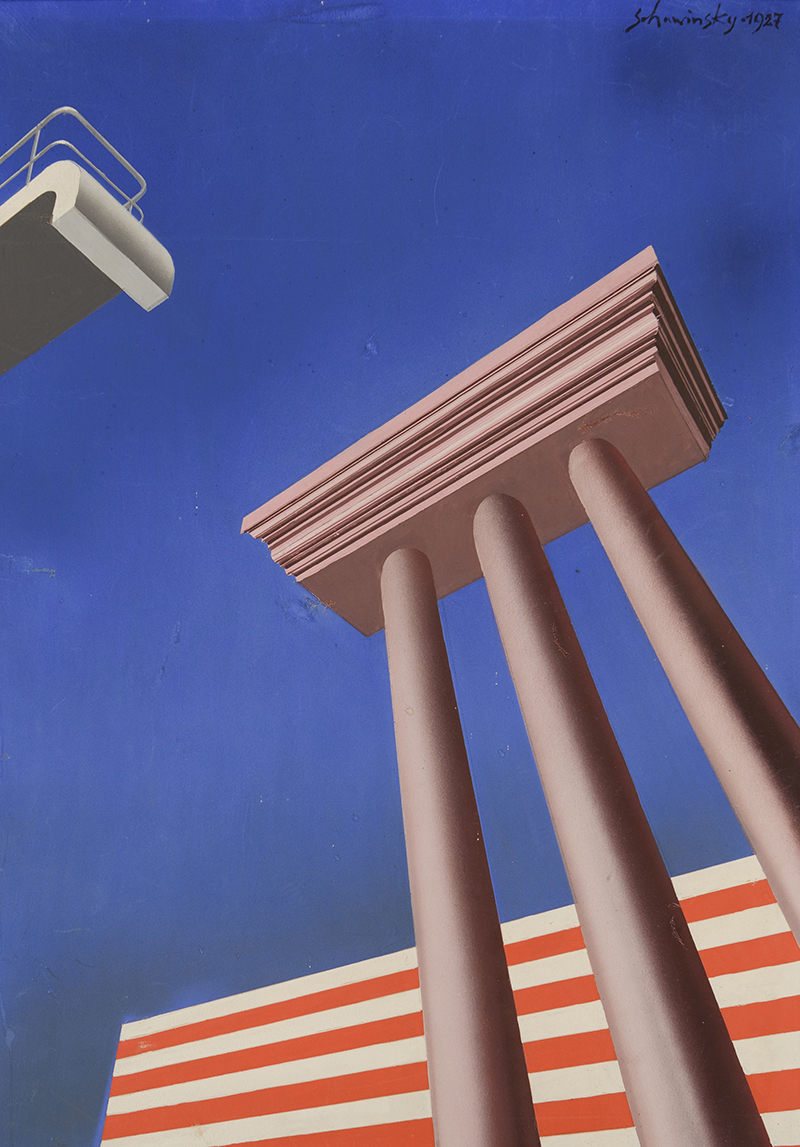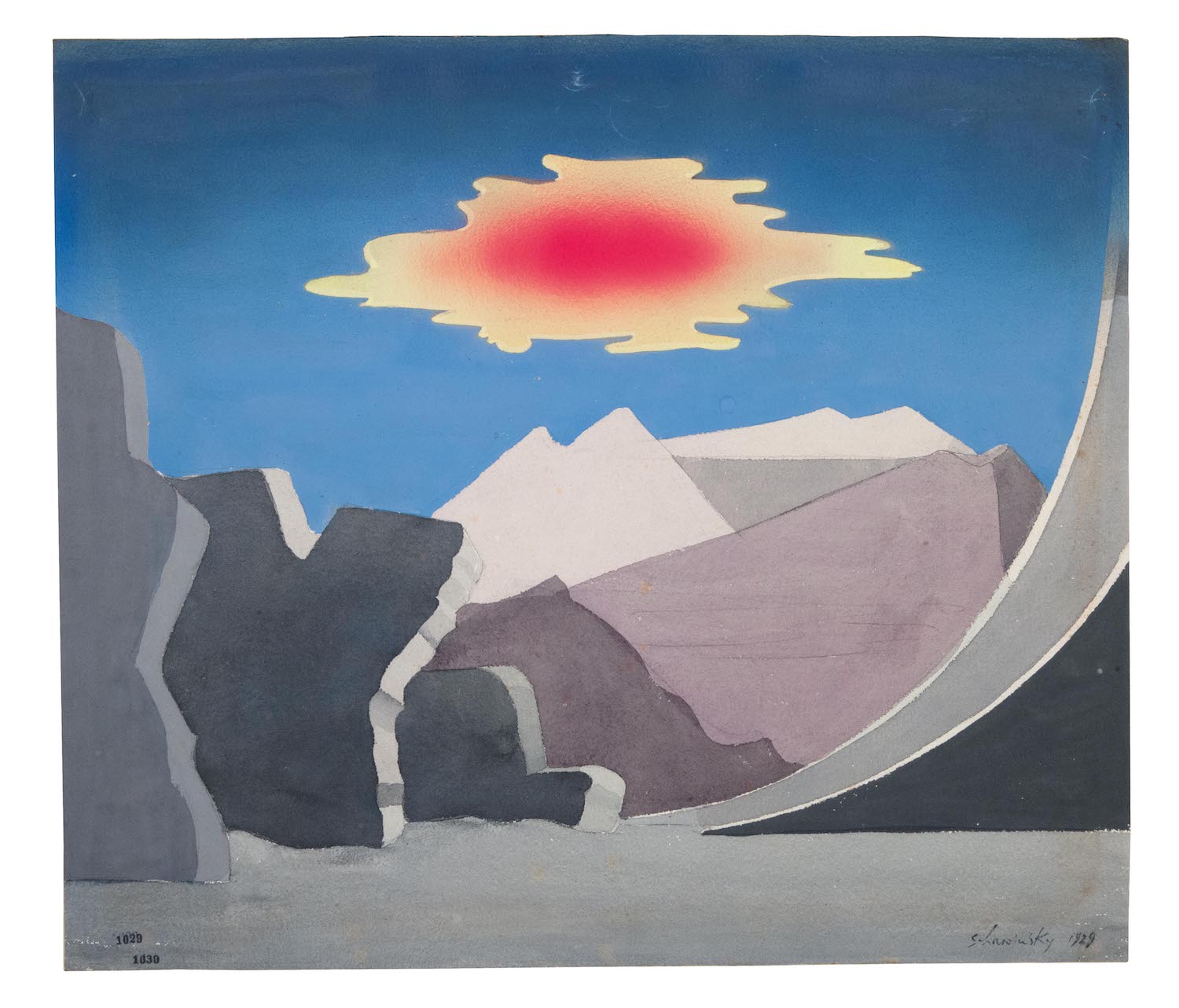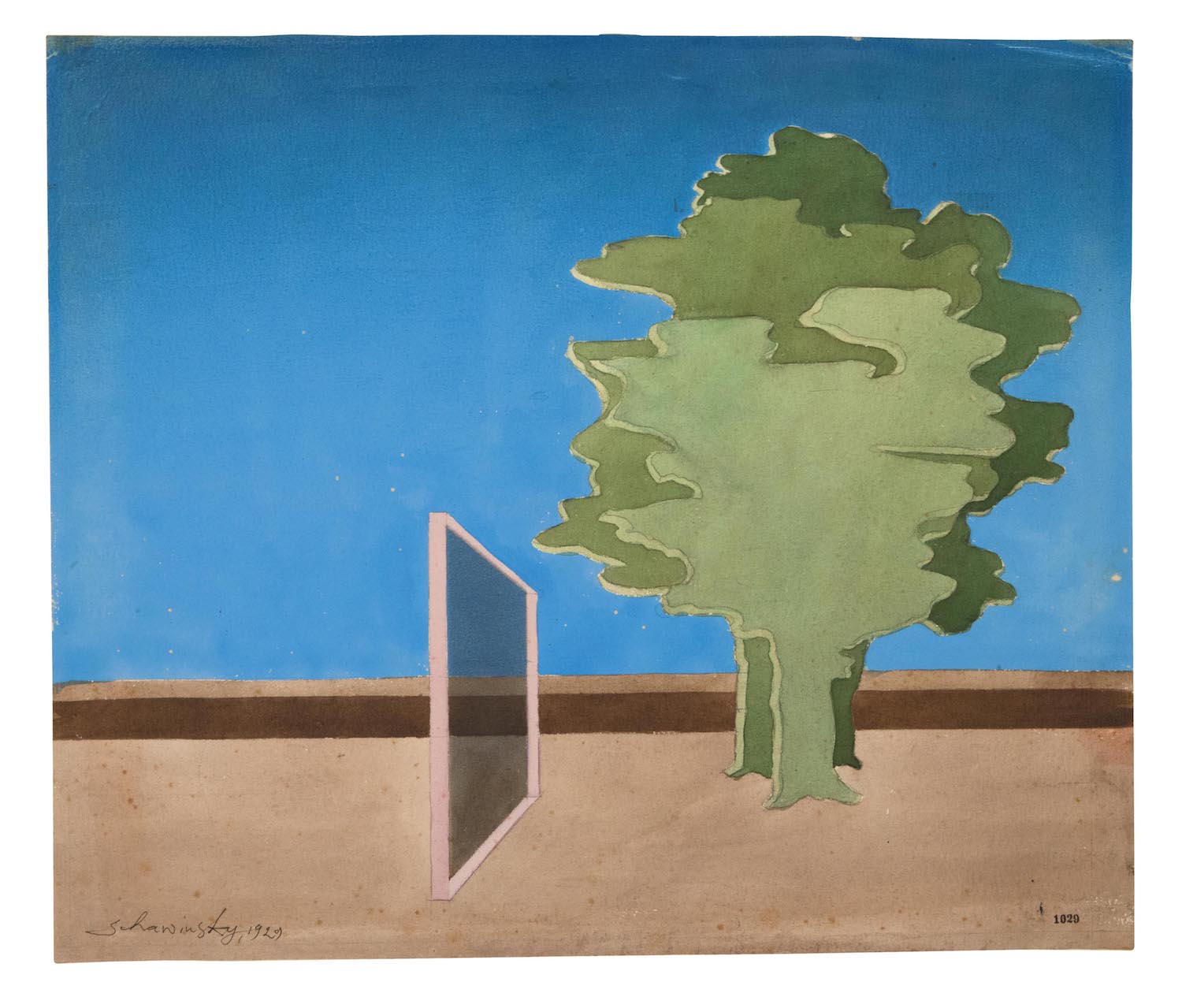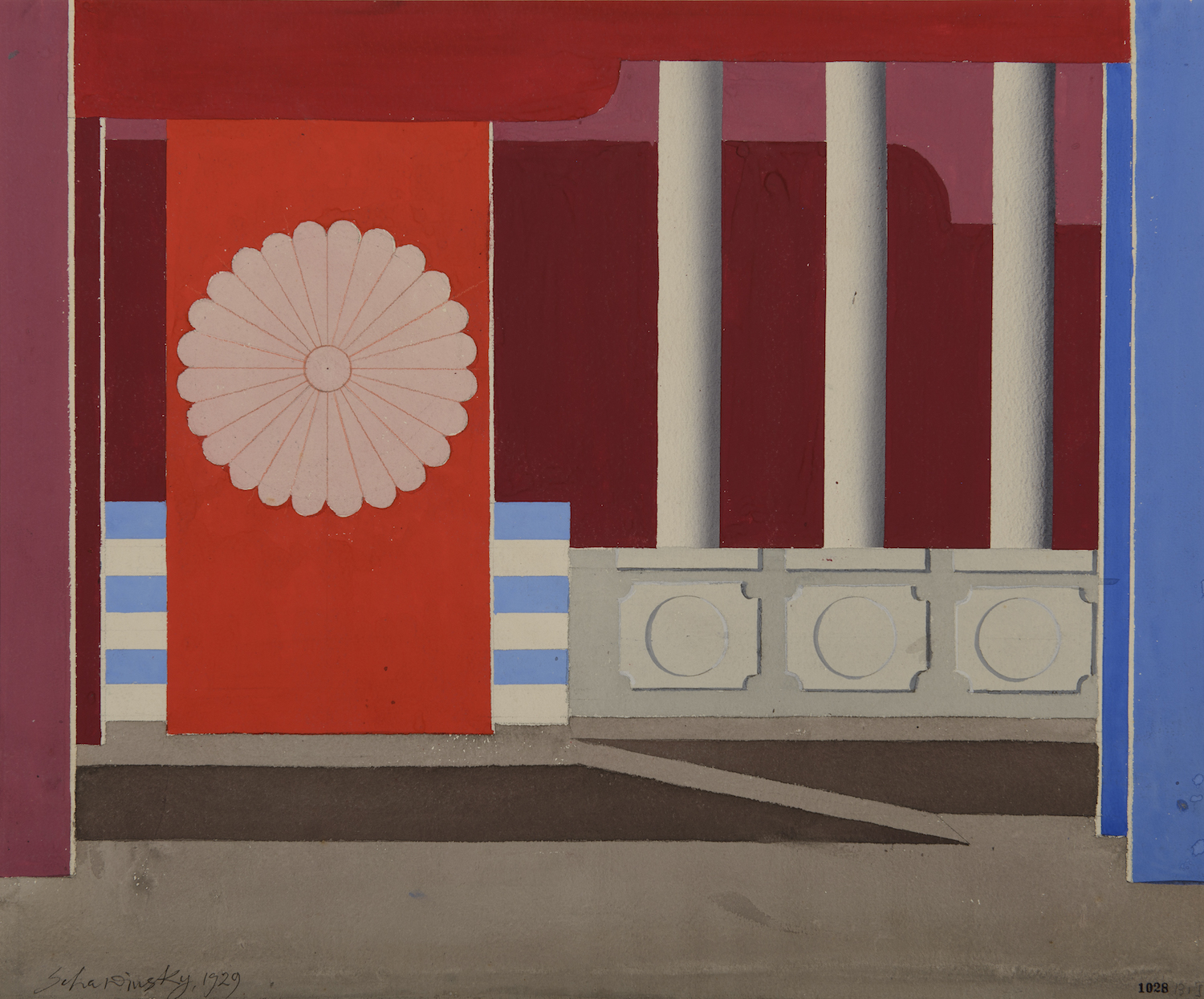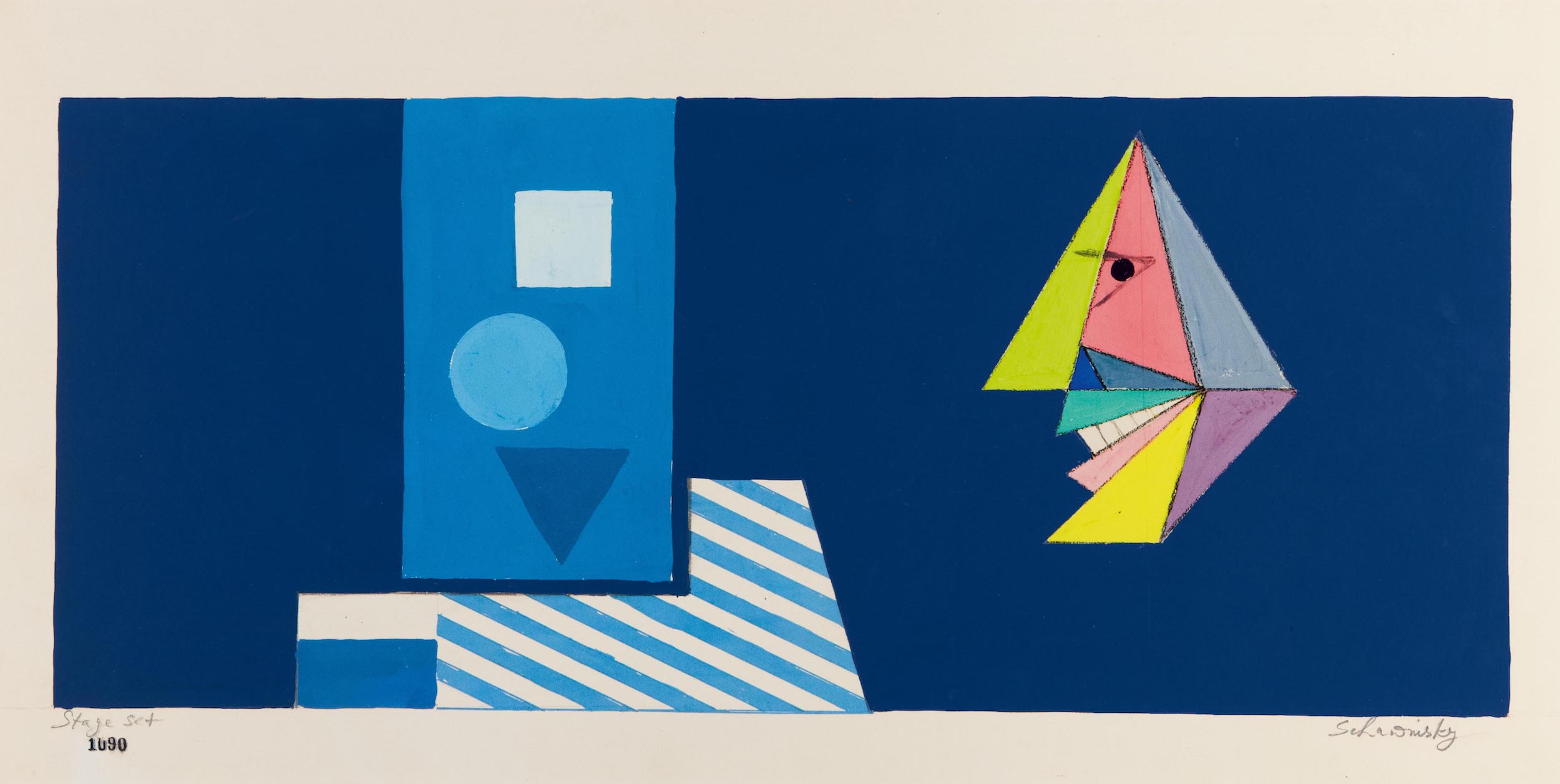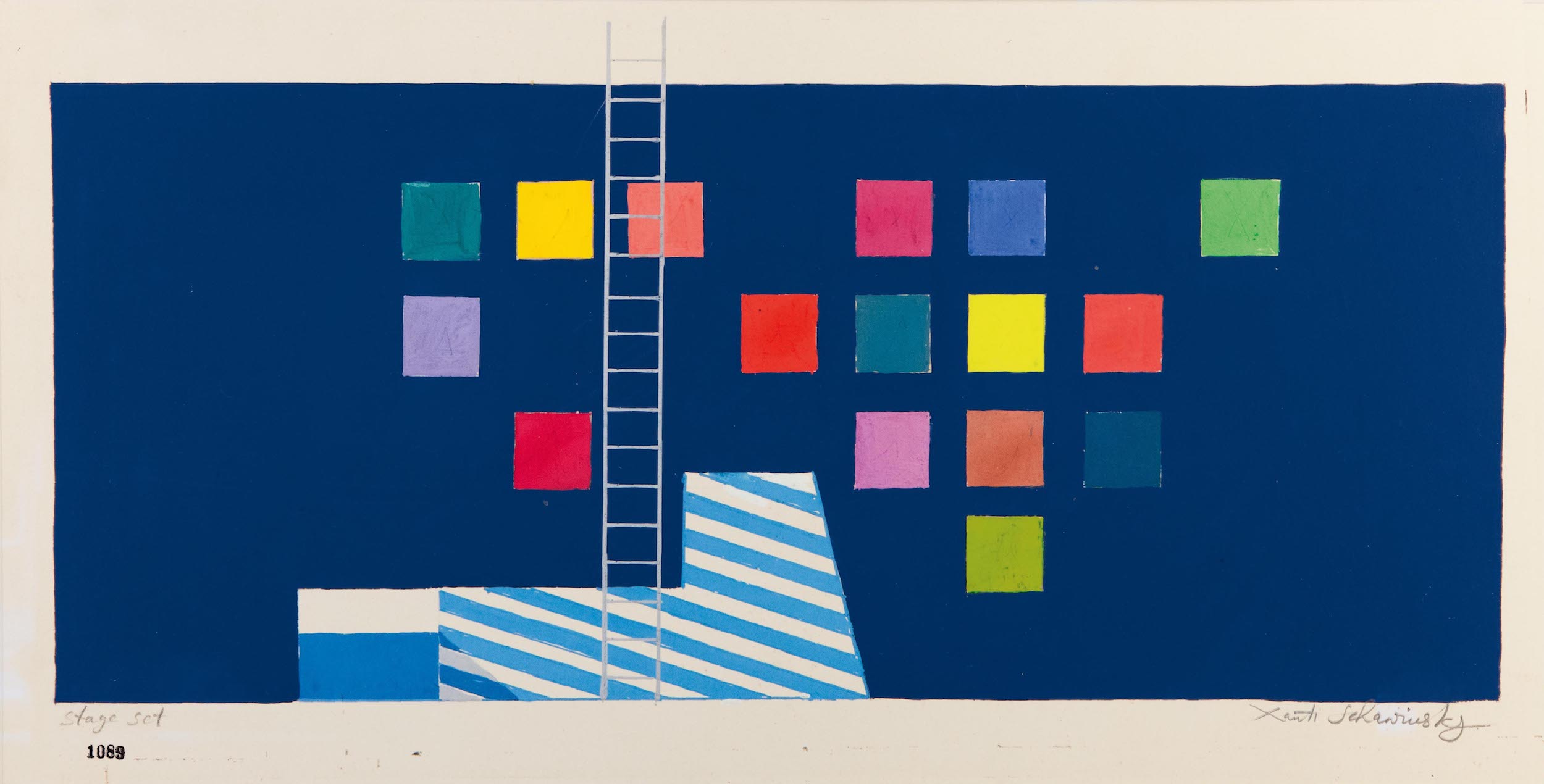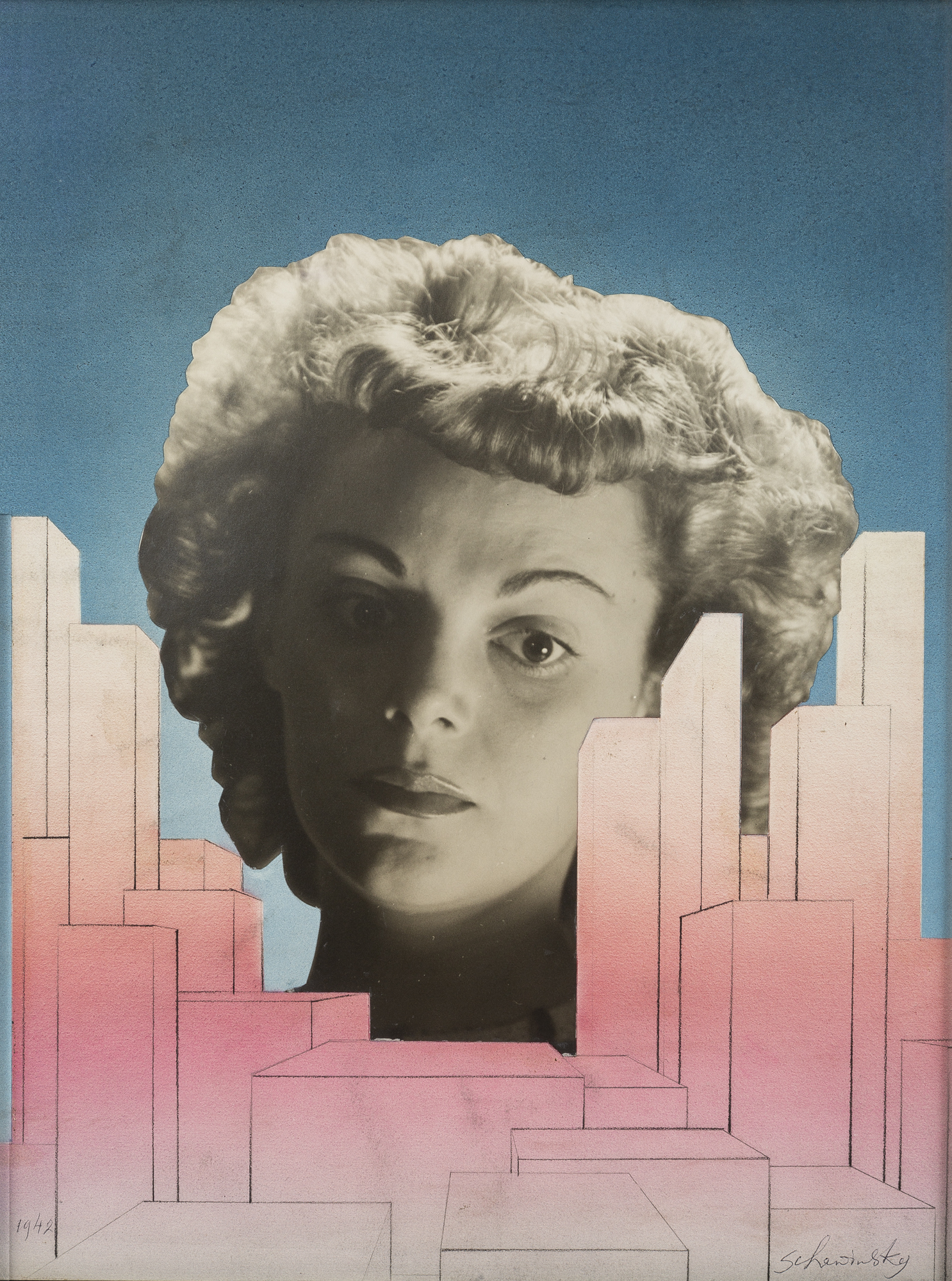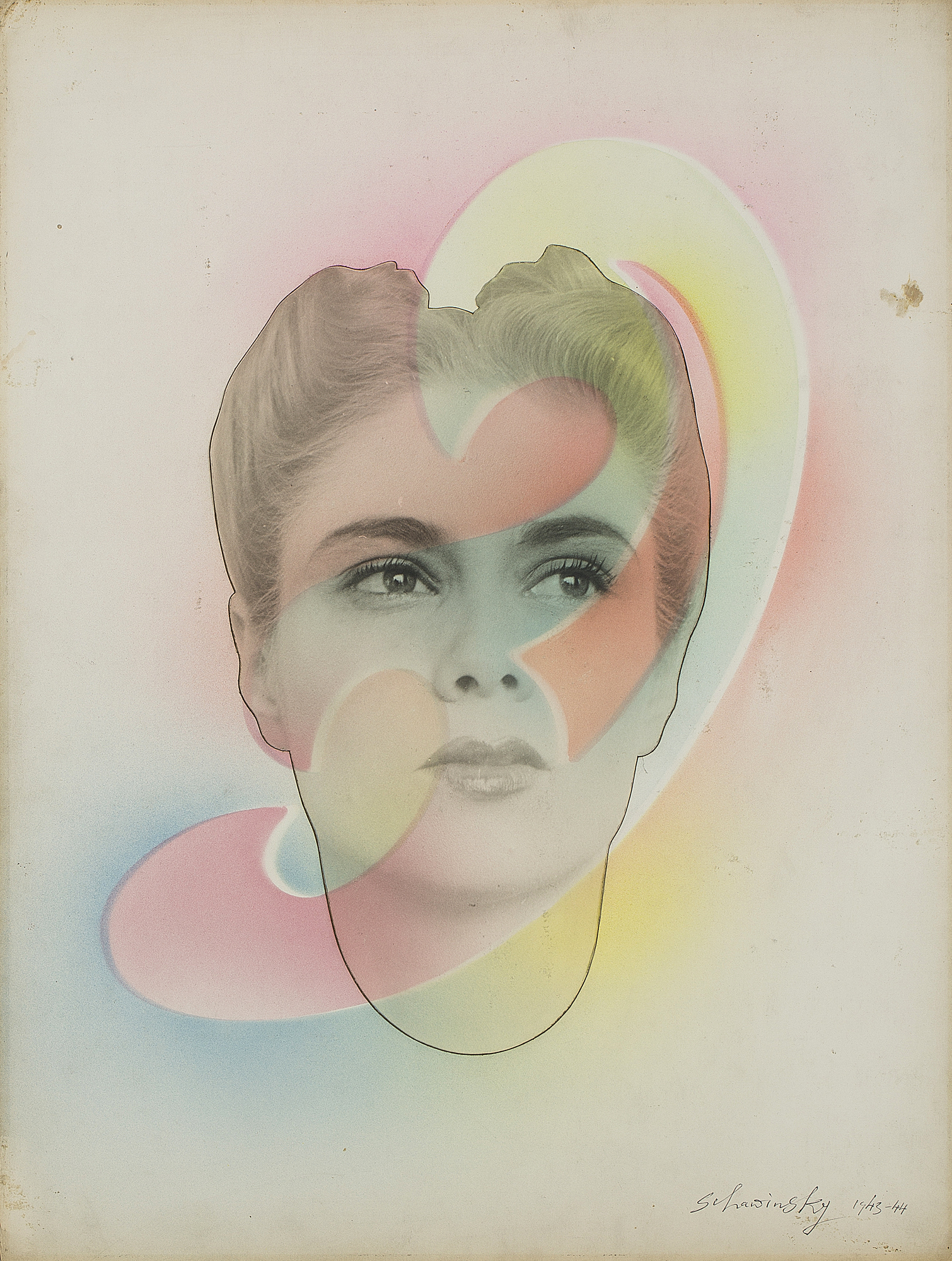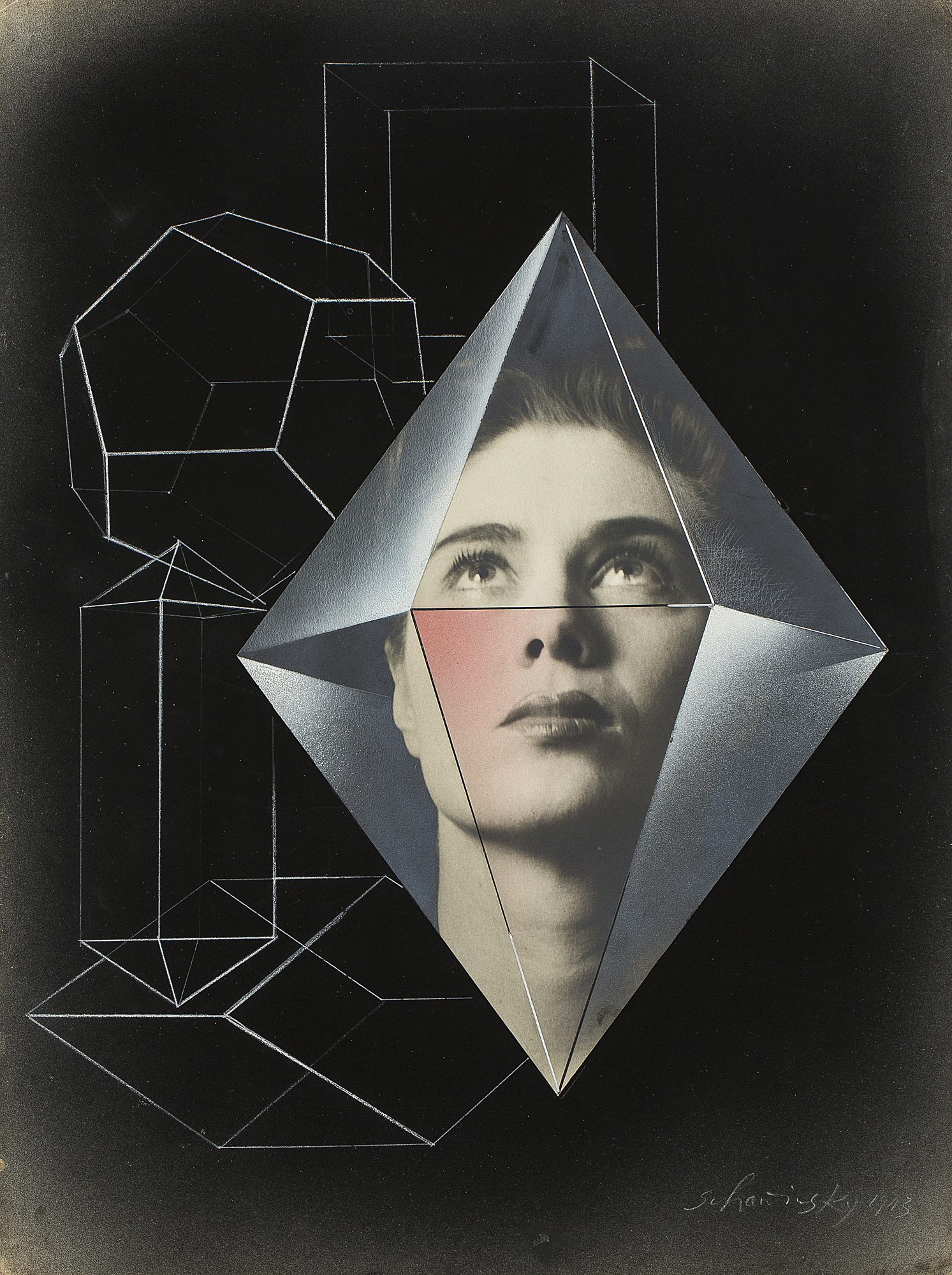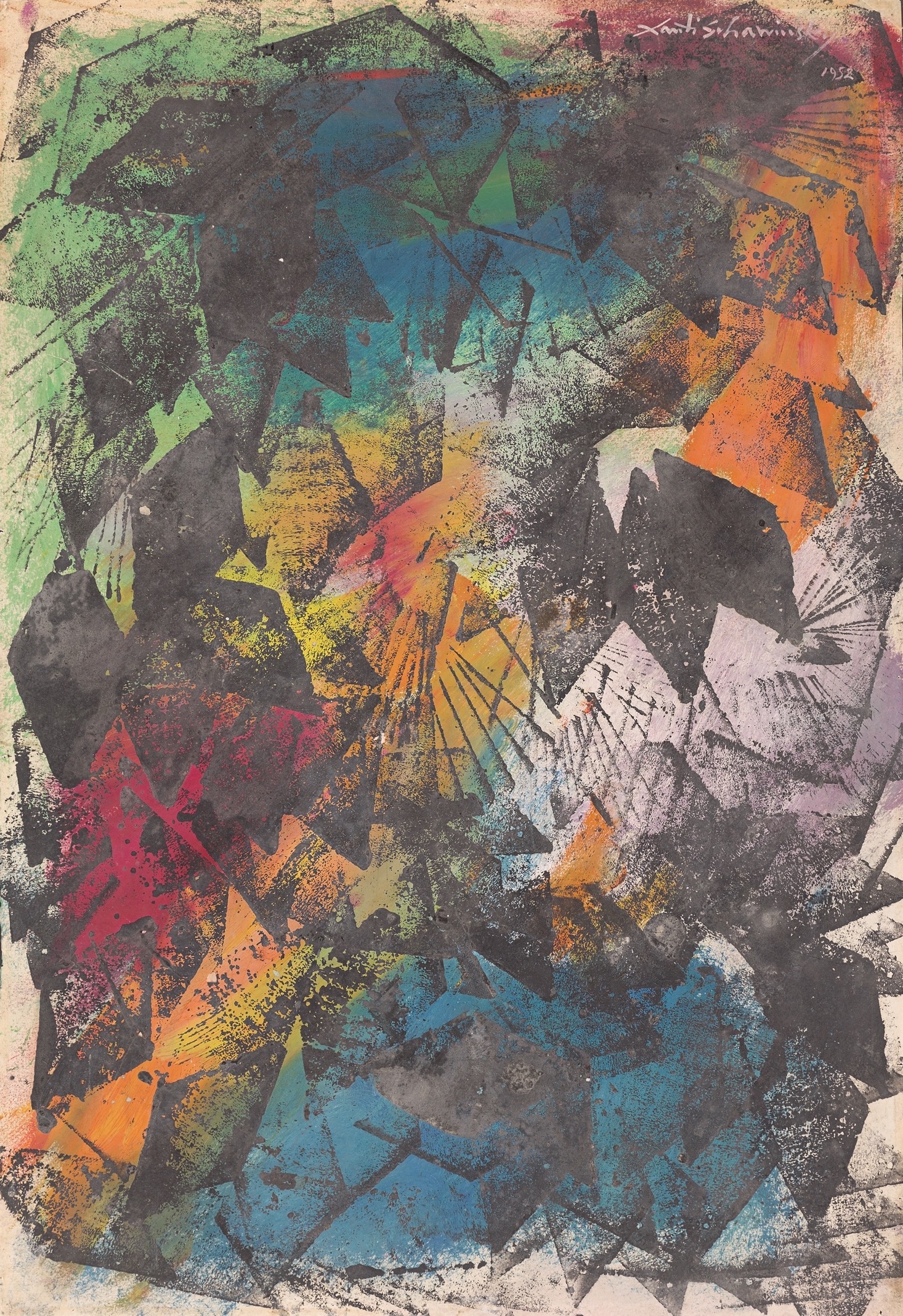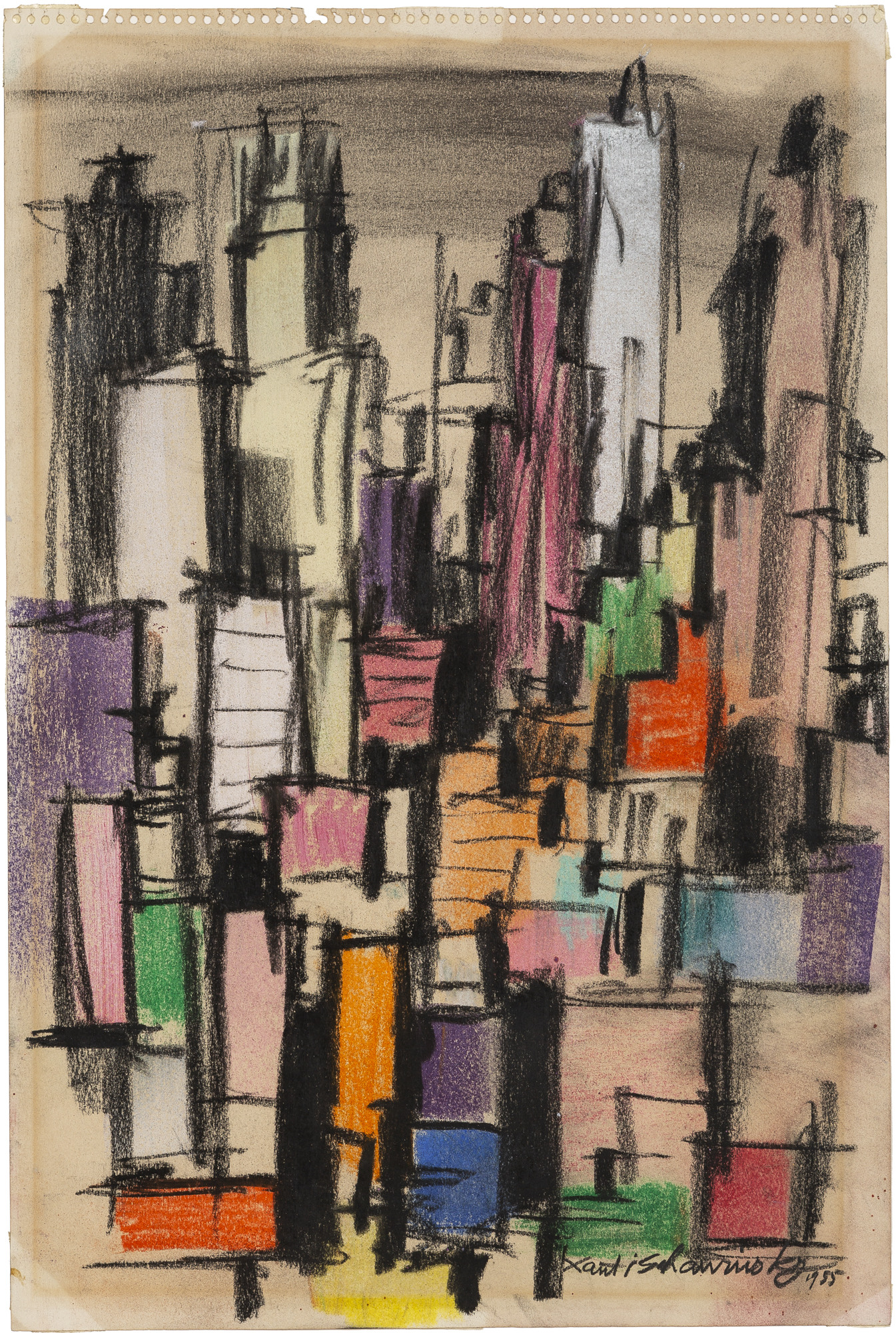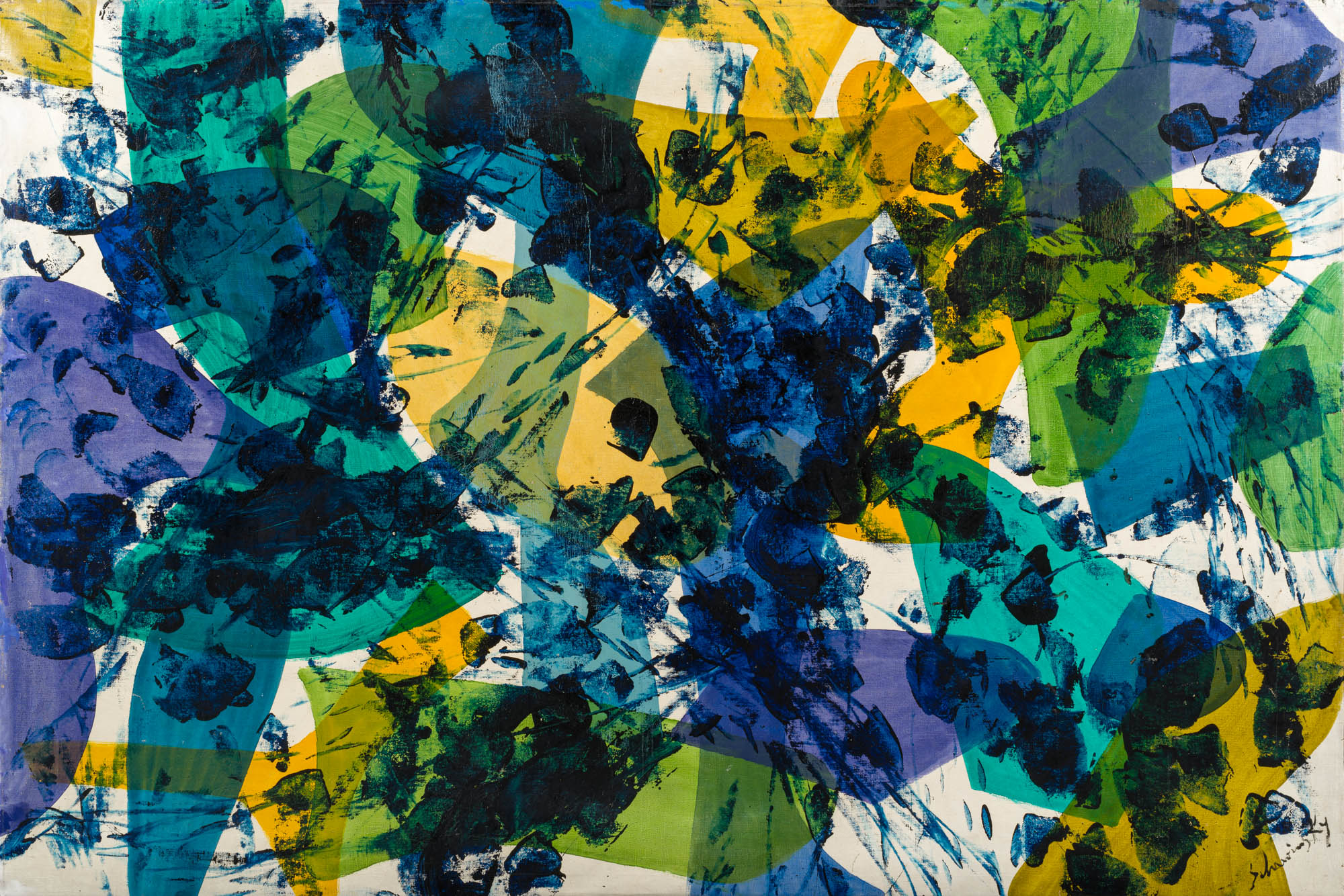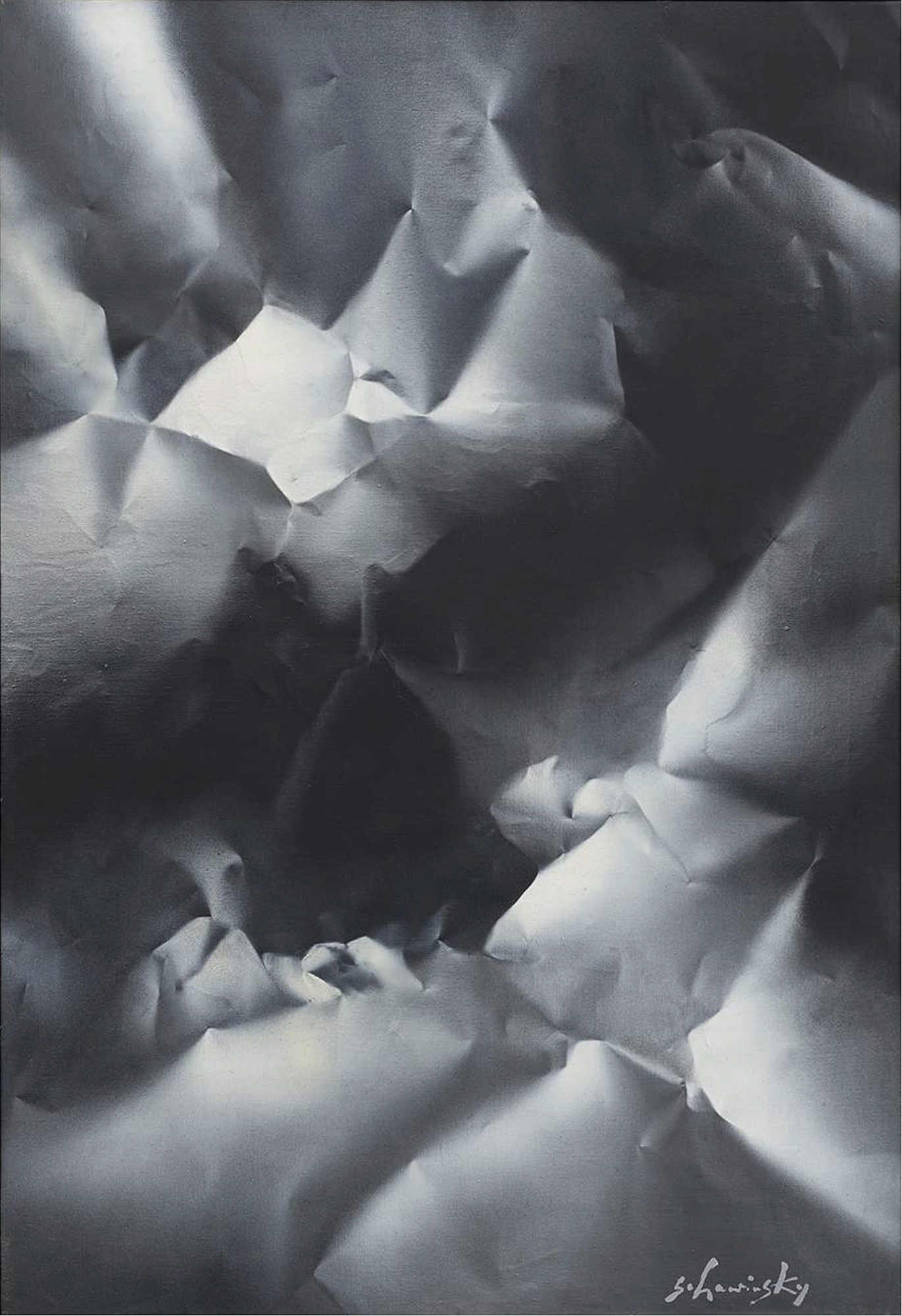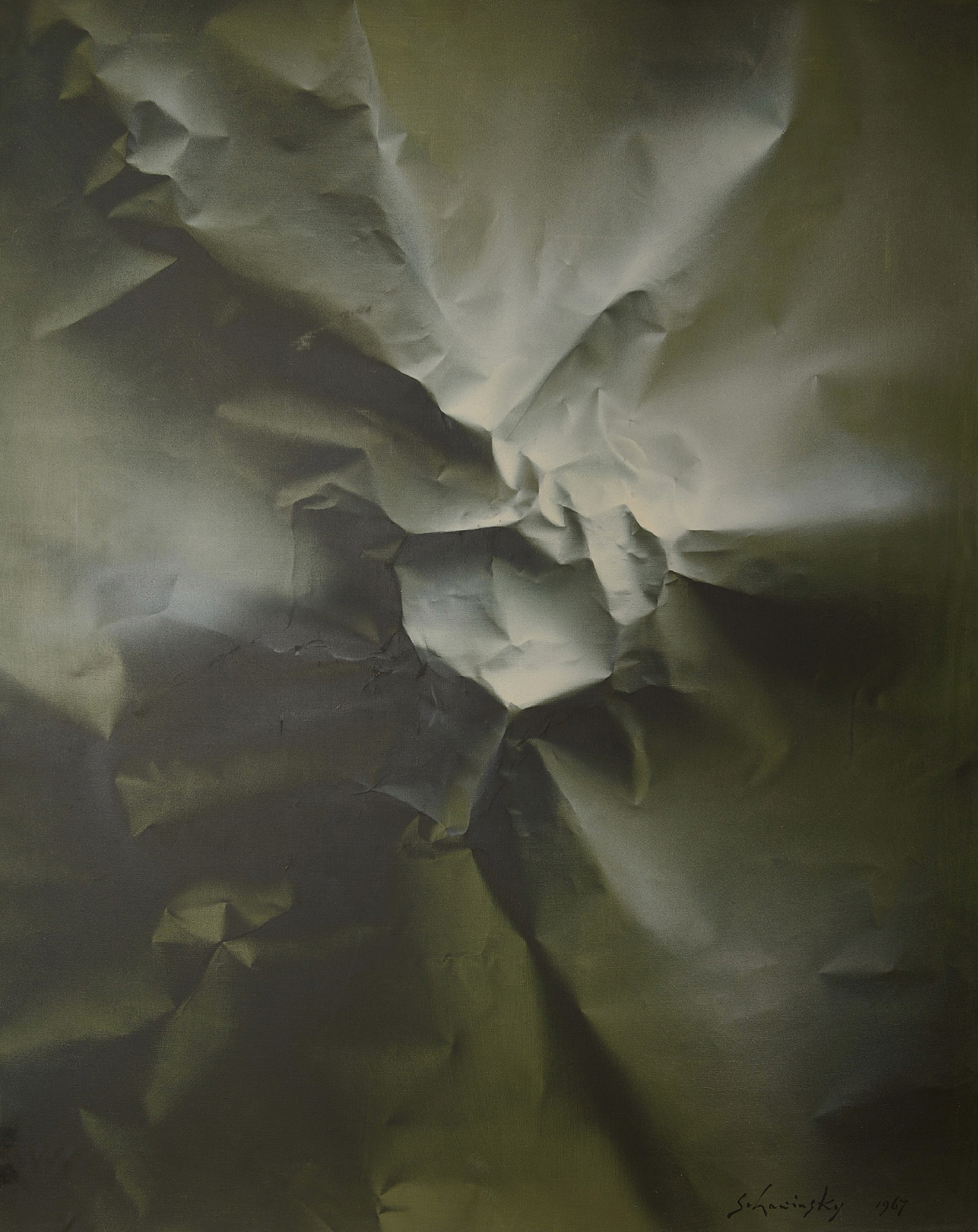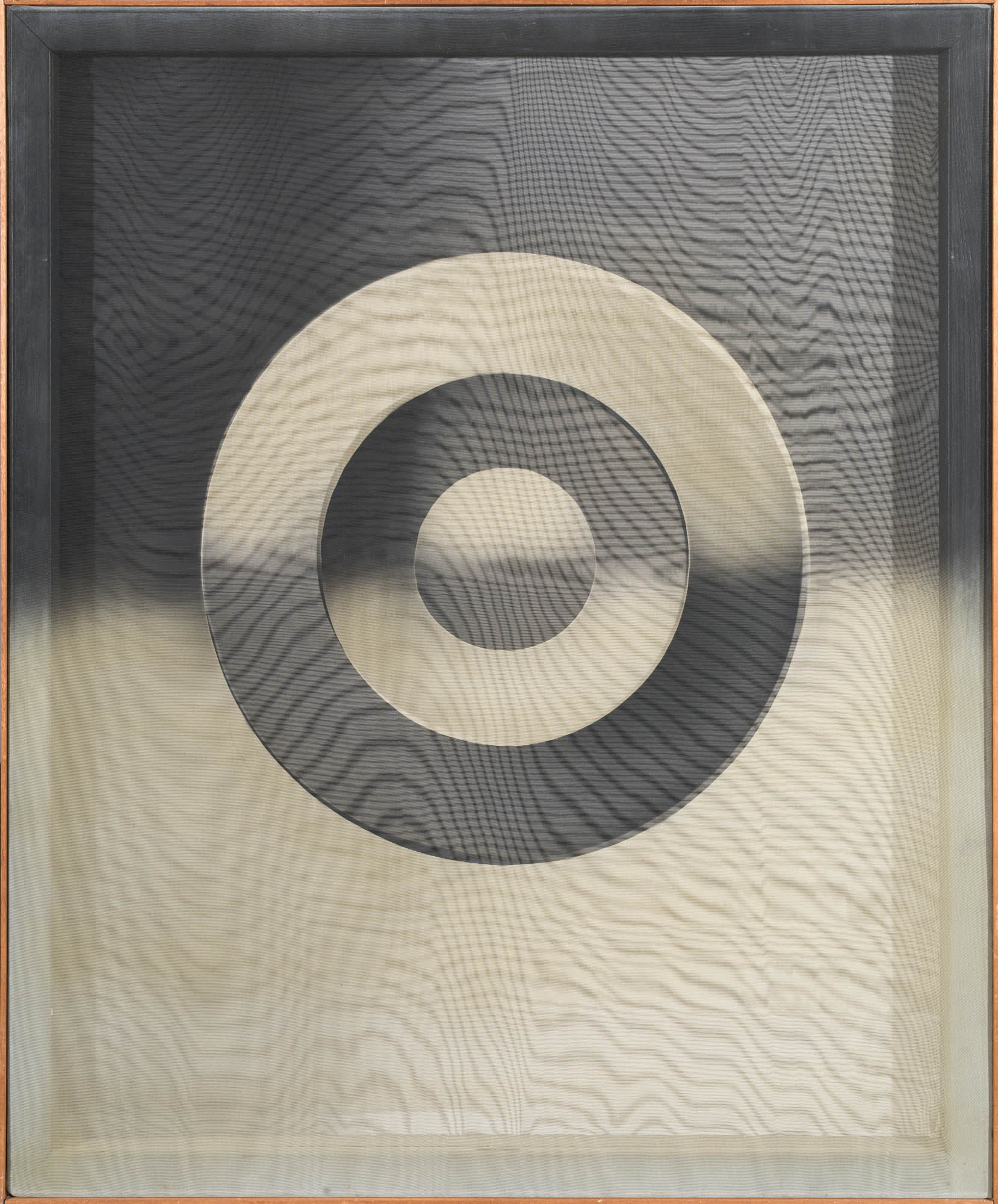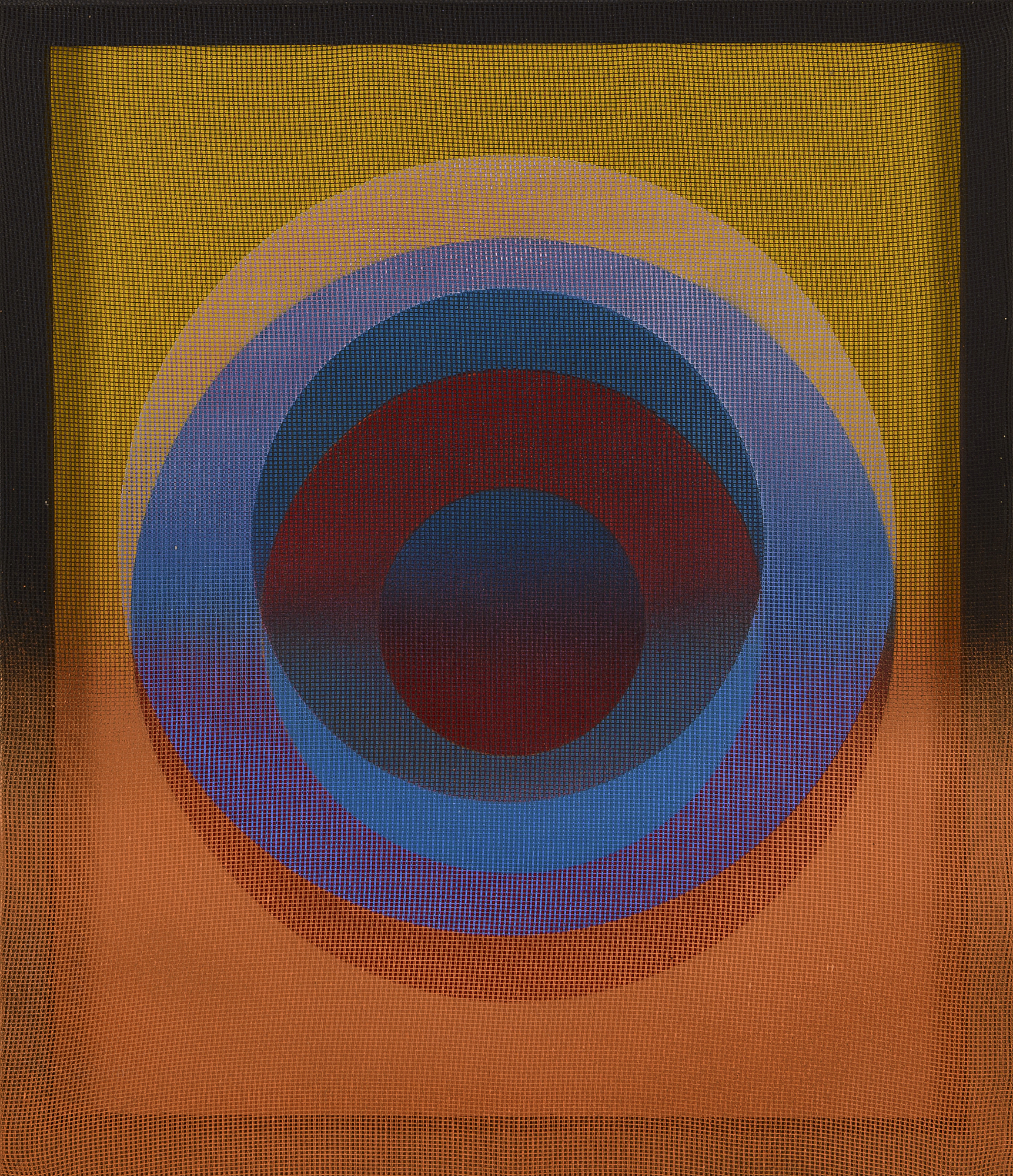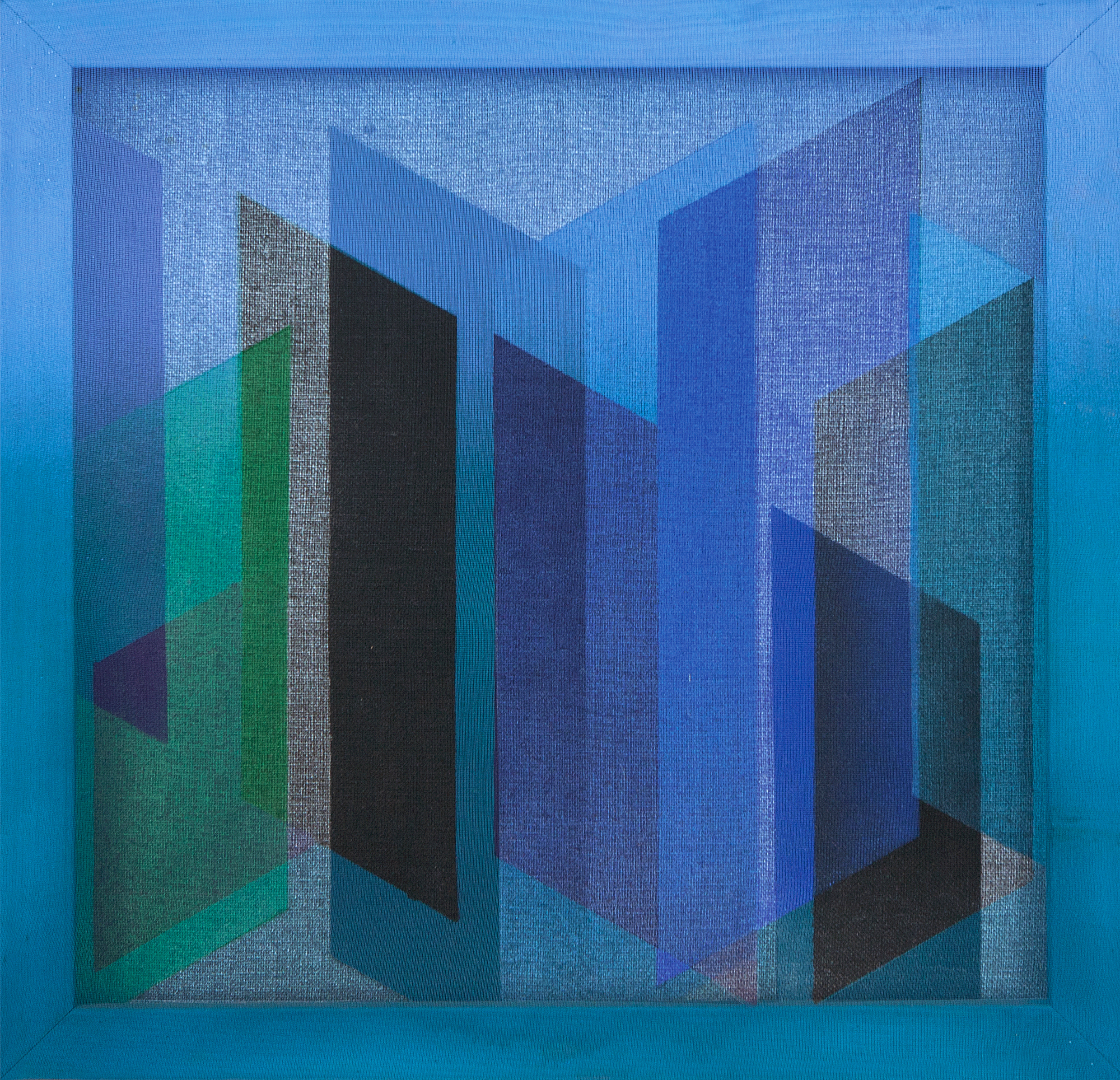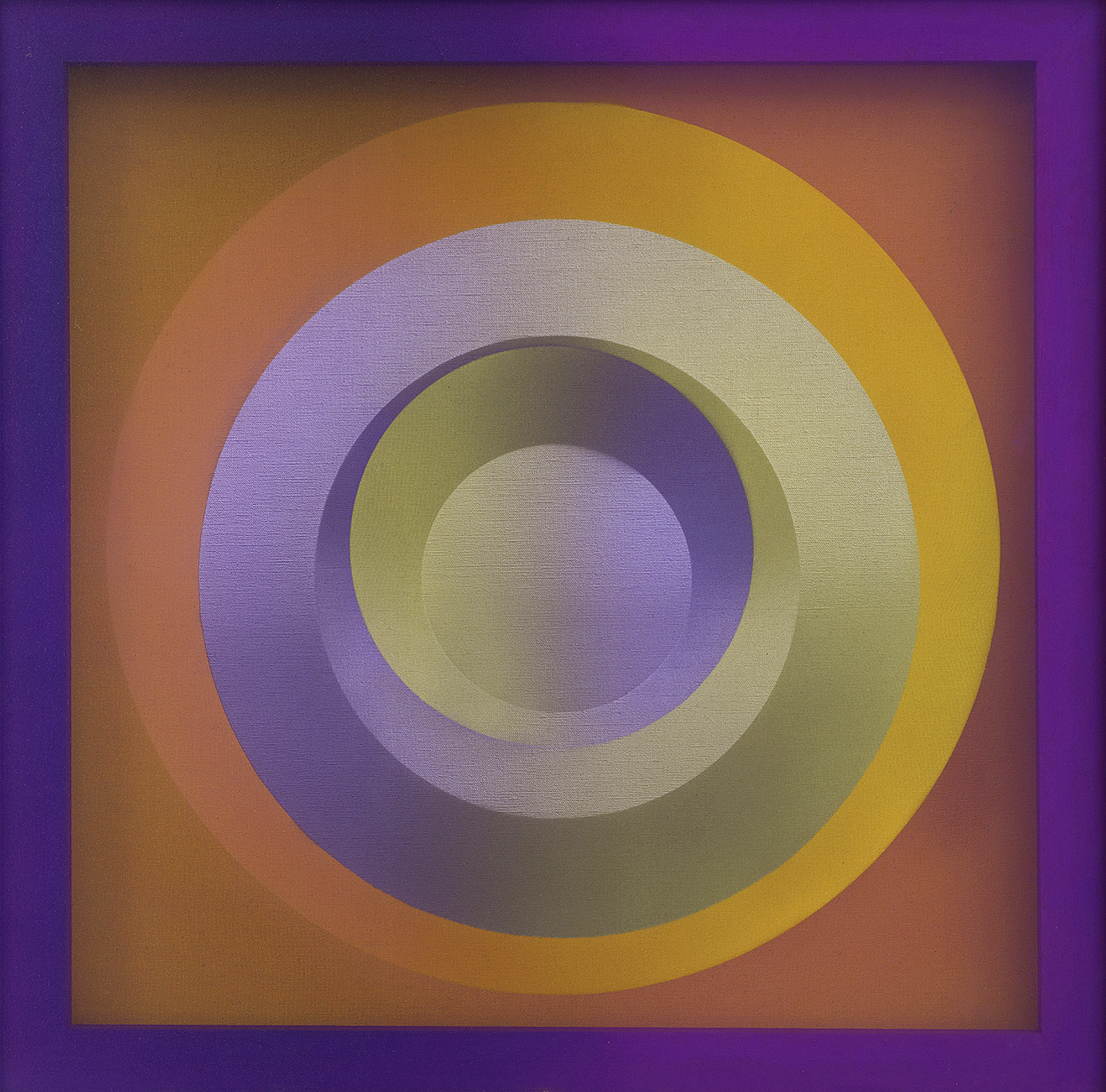Polish-born Swiss artist Alexander “Xanti” Schawinsky became known primarily through his avant-garde work in Oskar Schlemmer’s theater workshop at the Bauhaus, where he produced his first dances and pantomimic performances. He was an emblematic figure of the school, where he was taught by László Moholy-Nagy, Wassily Kandinsky, Paul Klee and Walter Gropius.
When the Bauhaus closed in 1933, he moved to Italy for a while, before being forced to flee Europe amid the rise of fascism.
From 1936 to 1938, he taught theater arts at Black Mountain College, the legendary art school in North Carolina that welcomed numerous migrants, where he was reunited with many of his peers from the Bauhaus.
There Schawinsky developed his early experimental theatre concept called Spectodrama, a kind of multimedia stage design that mixed all of the elementary theatrical resources like space, form, color, light, movement, sound, language and music. It also involved technological innovations like the onstage projection of images or films alongside the pantomime performers and dancers, heralding the “happening” art form made famous a few years later by the likes of John Cage, Robert Rauschenberg and Allan Kaprow.
An unquestionable pioneer of performance art, which he introduced in the United States, Schawinsky moved to New York in 1938, where he also developed a large body of pictorial work. Establishing many links with the main European and American art currents, in a historical context marked by political upheavals, his protean work is representative of the transatlantic exchanges that made a deep impact on the history of art.
Xanti Schawinsky died in 1979 in Locarno. Having remained in the possession of his family for decades, his work has recently been rediscovered around the world, offering precious evidence of the avant-garde esthetic of the 20th century.
Since 2013, several exhibitions have revealed various aspects of his work (Bauhaus Dessau Foundation, 2013; Drawing Center, New York, 2014). In 2015, the Migros Museum in Zurich held a major retrospective of his work, as did the Kunstmuseum Kloster in Magdeburg in 2016. That same year, a travelling exhibition in the United States (Boston, Los Angeles and Houston) celebrated the artistic effervescence of Black Mountain College.
Today, Xanti Schawinsky’s work can be found in the collections of many institutions, including the Drawing Center, Harvard Art Museums and the J. Paul Getty Museum.
When the Bauhaus closed in 1933, he moved to Italy for a while, before being forced to flee Europe amid the rise of fascism.
From 1936 to 1938, he taught theater arts at Black Mountain College, the legendary art school in North Carolina that welcomed numerous migrants, where he was reunited with many of his peers from the Bauhaus.
There Schawinsky developed his early experimental theatre concept called Spectodrama, a kind of multimedia stage design that mixed all of the elementary theatrical resources like space, form, color, light, movement, sound, language and music. It also involved technological innovations like the onstage projection of images or films alongside the pantomime performers and dancers, heralding the “happening” art form made famous a few years later by the likes of John Cage, Robert Rauschenberg and Allan Kaprow.
An unquestionable pioneer of performance art, which he introduced in the United States, Schawinsky moved to New York in 1938, where he also developed a large body of pictorial work. Establishing many links with the main European and American art currents, in a historical context marked by political upheavals, his protean work is representative of the transatlantic exchanges that made a deep impact on the history of art.
Xanti Schawinsky died in 1979 in Locarno. Having remained in the possession of his family for decades, his work has recently been rediscovered around the world, offering precious evidence of the avant-garde esthetic of the 20th century.
Since 2013, several exhibitions have revealed various aspects of his work (Bauhaus Dessau Foundation, 2013; Drawing Center, New York, 2014). In 2015, the Migros Museum in Zurich held a major retrospective of his work, as did the Kunstmuseum Kloster in Magdeburg in 2016. That same year, a travelling exhibition in the United States (Boston, Los Angeles and Houston) celebrated the artistic effervescence of Black Mountain College.
Today, Xanti Schawinsky’s work can be found in the collections of many institutions, including the Drawing Center, Harvard Art Museums and the J. Paul Getty Museum.
